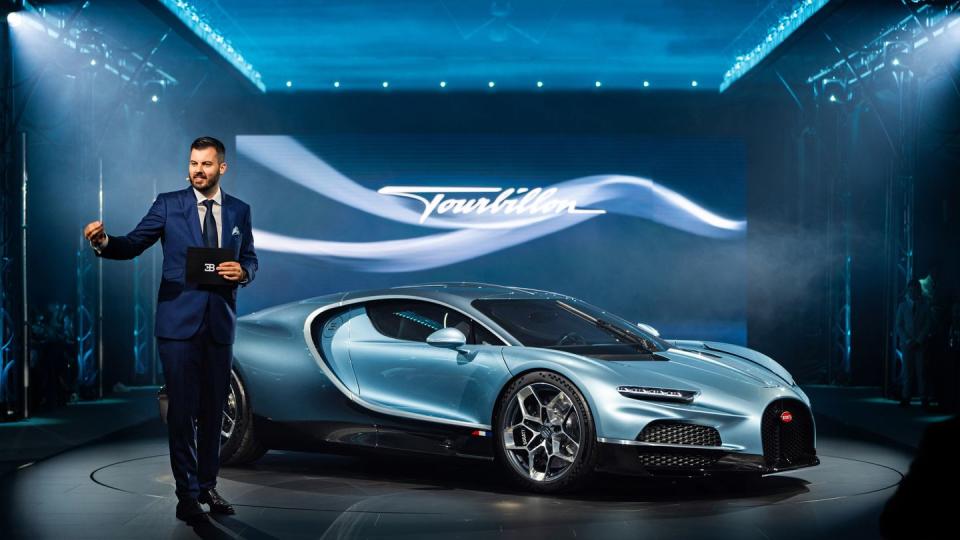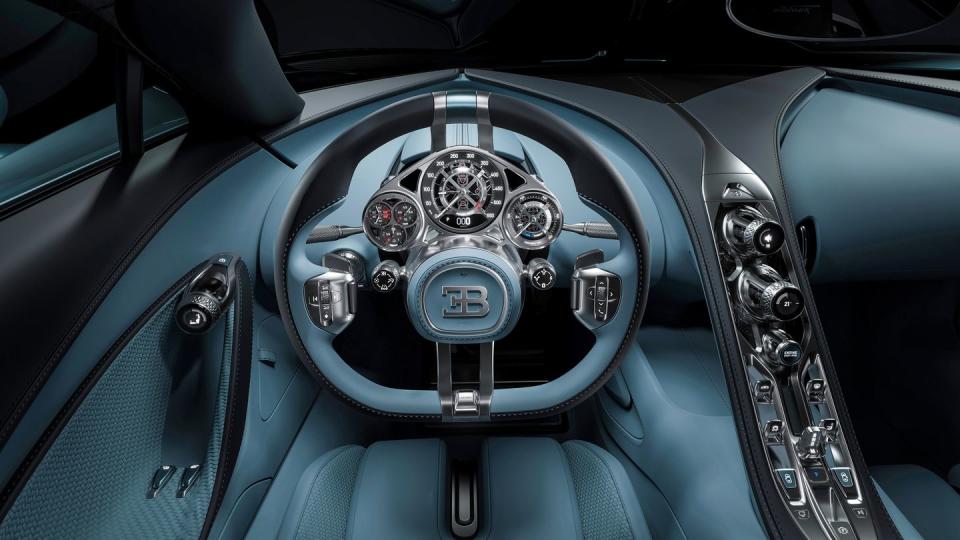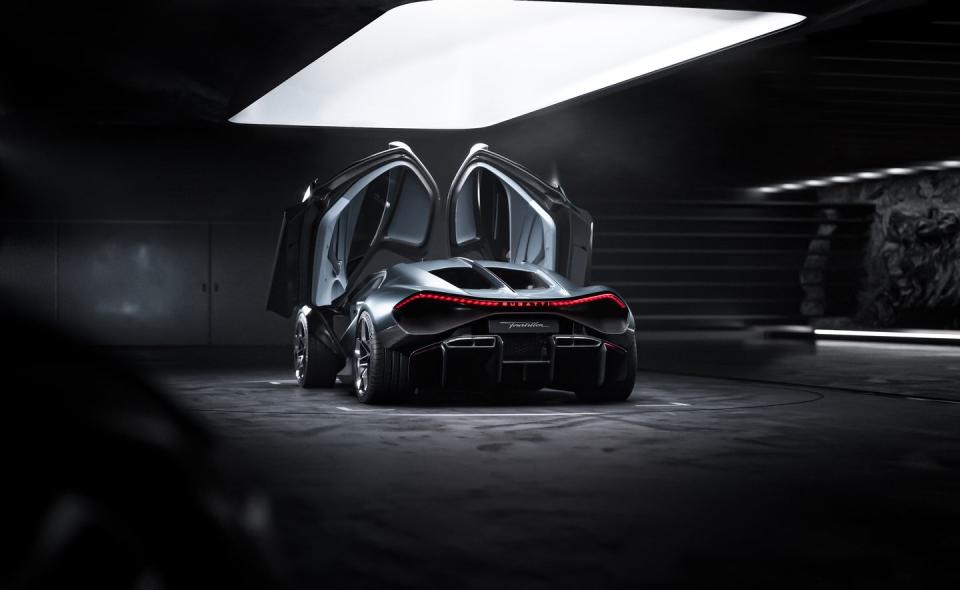The 3 Features Maté Rimac Wanted to, But Couldn't, Give the Bugatti Tourbillon

The Bugatti Tourbillon is a pinnacle of modern vehicle engineering. As such, it has a staggering 1,800-horsepower hybrid powertrain, an astounding price tag of around $4 million, and is constructed of obscure lightweight materials that seem better suited to a Martian rover than a road car.
But even designers of top-tier ultra-hypercars can’t have everything. Compromises must be made. “What the general public might misinterpret is that, since a car is this expensive, that you can do whatever,” says 36-year-old Bugatti-Rimac chief executive officer Maté Rimac. “But it's not the case. Making a car like this, it's not easy to finance, to make financially work.”
Chatting with Maté following the launch of the Tourbillon in Molsheim, France, we asked him to tell Road & Track about the top three concessions he had to make in the creation of his groundbreaking ground missile. In a testament to the rigors of the Bugatti brand vision, and team, he struggled to think of three... but he managed.
1: A Dashtop Sculpture
In most hybrid cars, there’s a screen of some sort that visualizes how the energy flows between the engine, the battery, the regenerative braking system, and the wheels. Rimac pretty much banished screens from the vehicle. “I wanted to do that in a physical form and have, like, fluids representing the energy flow,” he says.
He described the representation as “a sculpture of the powertrain” and imagined that, “when the engine was on, you would see the pistons moving. And when the electric motors are active, you would see them moving and you would have, like, fluids representing the energy flow.” He likened this to the liquid movement of some fine wrist watches, like those from HYT.
The idea ended up being too complicated and expensive to render. Rimac sees this as a missed opportunity, as clients could have customized these powertrain renderings as they do the rest of their car. “Bugattis are super-individualized already, but we want to take that to the next level,” he says.

2: A Silver Key
The Tourbillon’s predecessor had a leather-wrapped fob for unlocking and starting the vehicle — but as a supplement to this, it also had one from the parts bin of the VW Group. “The Chirons have one nice key, and one Volkswagen key with a Bugatti sticker on it,” Rimac says. He opposed any component sharing. “That was [a] no-go for me.”
He wanted something very special, in solid silver, with a representation of the Bugatti badge. He made “different concepts for the keys, some very futuristic ones, some very simple.” However, his special key — which can be finalized later in the car’s development process— hasn’t yet been approved by Bugatti's tough chief financial officer, Larissa-Rebecca Fleischer.
So, when he and she were walking off the stage immediately after the unveiling, Rimac pressed her on this. High on the adulation of the crowd, he says, “I used the opportunity to tell her, ‘You need to provide me with the silver key.’” When we have a chance to drive the car, we’ll report back as to whether he or the bean-counters succeeded.
3: A Simpler Rear End
In an ultra-hyper-hybrid car, engineers want to avoid additional components, as they tend to add weight and complication. So Rimac’s initial plan for the rear electric motors was to couple each one with an inverter, allowing them to share a housing. This avoided clumsy extra cables and communicating computers.

However, this concept was nixed by the company’s chief technical officer, Emilio Scervo. “If we put the inverter on the rear motor, then the first thing that you would hit in a rear crash, after the diffuser, would be the inverter,” Rimac says. Since this element is under high voltage, regulations require that such systems be de-energized within milliseconds. This wasn’t possible, realistically, unless all that power exited in an unsafe manner. “So I was fine with having this little engineering compromise,” Rimac says, smirking.
You Might Also Like

 Yahoo Finance
Yahoo Finance 